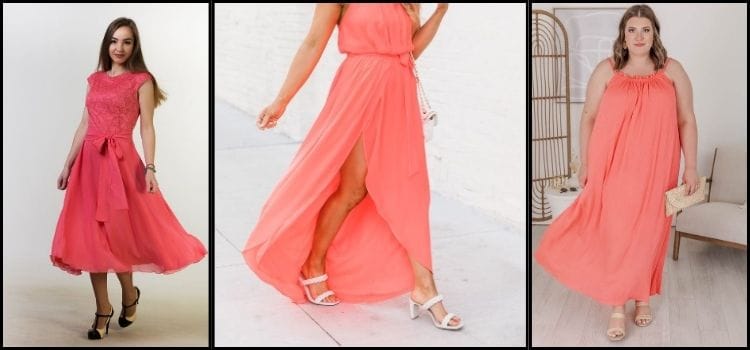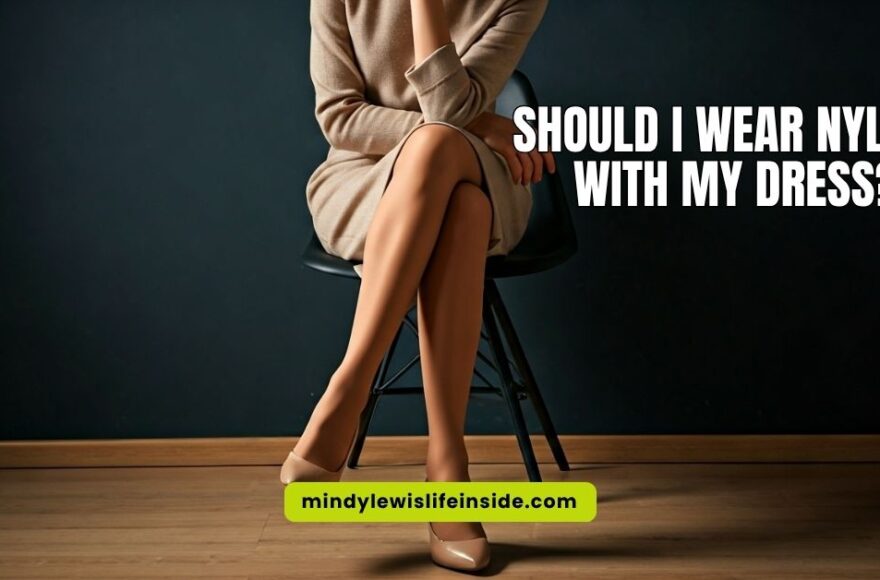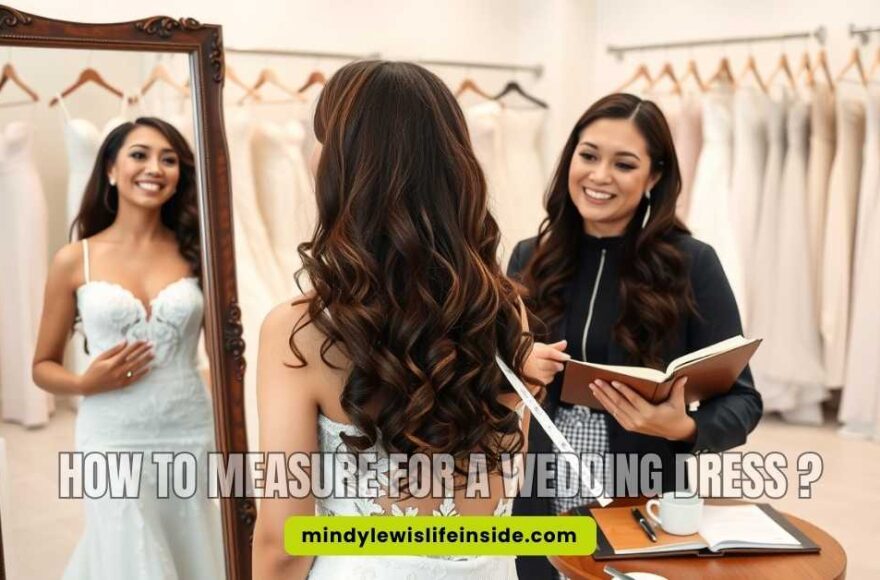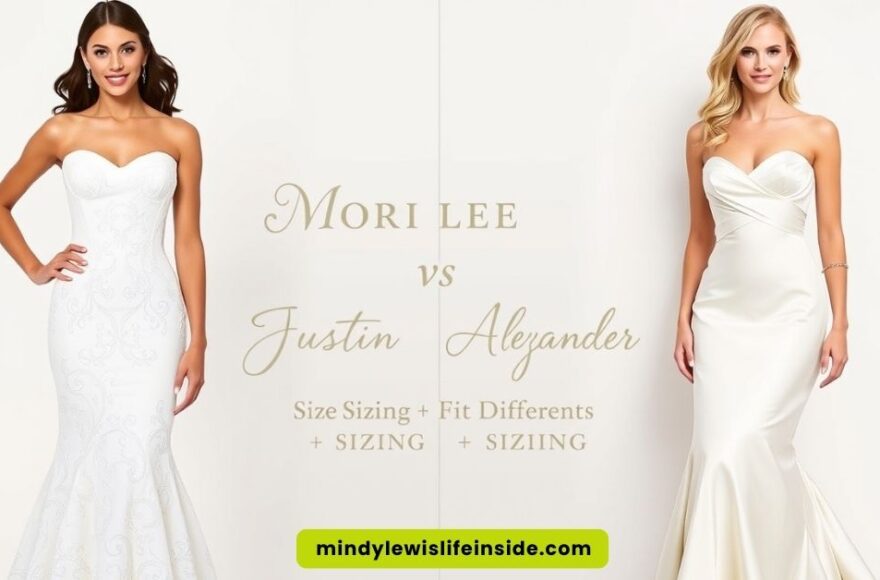Wedding Dress Alterations: What You Need to Know
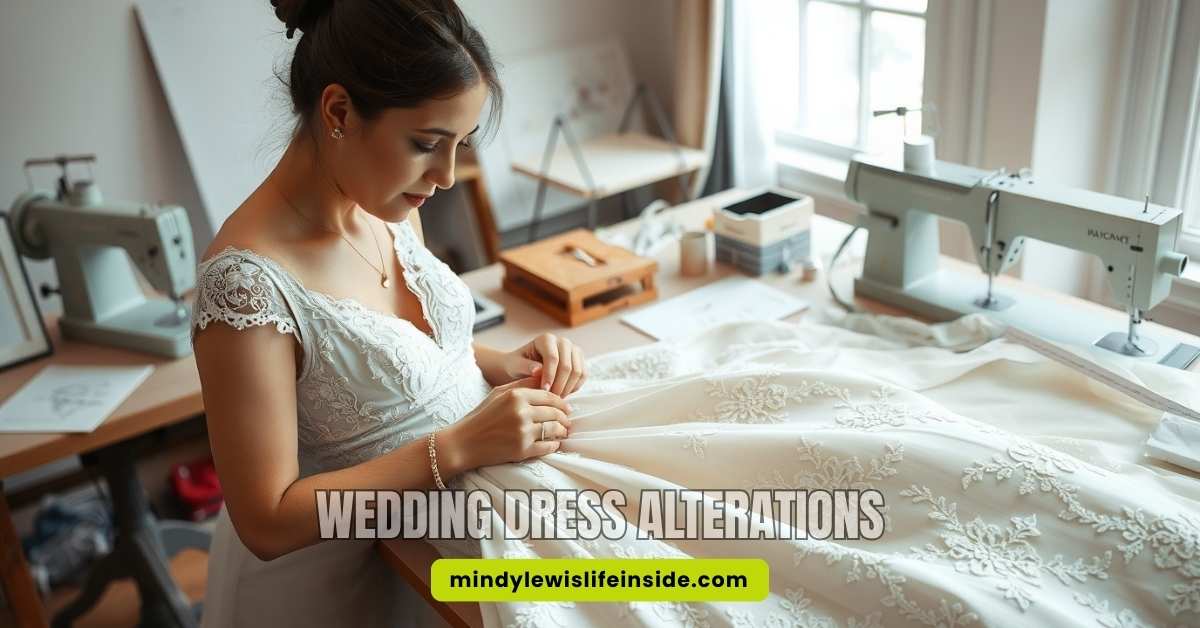
As an Amazon Associate, I earn from qualifying purchases
I love weddings. The excitement, the joy, and especially the dress. But let’s be honest — finding the perfect wedding dress isn’t always easy. Sometimes, even after buying your dream gown, you need to make changes to get it just right. If you ever wonder, “can you alter a wedding dress 2 sizes?” or what the process really looks like, you’re in the right place.
I’ve spent a lot of time learning about bridal alterations, and I want to share everything you need to know.
This guide will clear up your doubts and help you feel confident about making changes after buying your dress. Whether your dress is a bit too tight, too loose, or if you want to adjust the length, I’ll explain how it all works. Let’s jump in.
Can You Alter a Wedding Dress 2 Sizes?
This is one of the most common questions I hear. The simple answer: yes, but it depends on several things.
You can usually alter a wedding dress by one or two sizes up or down. But going two full sizes smaller or bigger can be tricky and depends on the dress style, fabric, and how it was made.
For example, if your dress has seams that allow for expansion or reduction, changing two sizes might work well. Dresses with lots of lace or beading can be harder to alter without damaging details. Also, some fabrics like satin or silk are less flexible than others like tulle or chiffon.
If you want to go two sizes smaller, the tailor will remove fabric at the seams. But if you want to go two sizes bigger, they need extra fabric inside the dress to let it out. If there is no extra fabric or space in the seams, adding fabric might change how the dress looks.
Here’s a quick look at what affects altering two sizes:
| Factor | Impact on Altering Two Sizes |
|---|---|
| Dress Style | Simple styles are easier; very detailed are harder |
| Fabric Type | Flexible fabrics allow bigger changes |
| Seam Allowance | More seam allowance means more room to adjust |
| Embellishments | Beads and lace may limit size changes |
| Dress Construction | Dresses with lining and boning need careful work |
So yes, you can alter a wedding dress by two sizes sometimes. But it’s important to talk with an experienced seamstress before making big changes.
What Happens During Bridal Alterations?
Once you decide to alter your wedding dress, you can calculate. Here’s what usually happens:
- Initial Fitting: You try on your dress as-is. The seamstress looks for areas that don’t fit well.
- Marking Adjustments: They mark where they will take fabric in or let fabric out.
- First Alteration: They sew preliminary changes for you to try again.
- Second Fitting: You try on the altered dress to check fit and comfort.
- Final Adjustments: The seamstress makes smaller fixes like hemming or adjusting straps.
- Final Fitting: You try on the finished dress once more before your big day.
The whole process often takes weeks because alterations require careful work and multiple fittings.
Common Bridal Alterations Explained
Most brides need some of these common changes:
- Taking In or Letting Out: Adjusting size around bust, waist, and hips.
- Hemming: Shortening the length so the dress doesn’t drag.
- Adjusting Straps: Making shoulder straps tighter or longer.
- Bustle Addition: Adding hooks or buttons so you can lift your skirt during dancing.
- Neckline Changes: Making necklines higher or lower for comfort or style.
- Sleeve Changes: Adding sleeves or shortening sleeve length.
Each alteration changes how your dress fits and looks on your body. I always recommend giving yourself enough time for these adjustments—don’t wait until the last minute!
How Much Do Wedding Dress Alterations Cost?
Prices vary depending on what needs to be done and where you live.
Small fixes like hemming might cost $50-$100. Taking in a dress by one size can cost $200-$500. More complex work, like adjusting two sizes up or down, could run $500-$1,000+. If your gown has heavy beading or lace that needs reworking, expect higher prices.
Always ask for an estimate before starting any work so there are no surprises later.
When Should You Start Bridal Alterations?
I always say start as soon as you buy your dress—ideally 2-3 months before your wedding day.
This timing gives your seamstress enough time for all fittings and fixes without rushing. Also, if something unexpected comes up (like needing additional changes), there is room for that too.
If you wait until closer to your wedding day, alterations can become stressful and expensive.
What If Your Dress Needs Major Changes?
Sometimes dresses need more than just taking in or letting out by one size.
If your gown is very different from your body shape after purchase (for example, two sizes smaller or bigger), ask a professional about whether major alterations are possible.
In some cases, it might be better to consider alternative options like:
- Buying a new gown closer to your size
- Choosing dresses with adjustable features (corset backs)
- Renting a wedding dress instead
Remember: no matter what, comfort is key! Your day will be more enjoyable when your dress fits well.
Alternative Products To Consider
If you worry about heavy alterations ruining intricate dresses or the cost being too high, here are some alternatives:
- Corset Back Wedding Dresses: These have lacing that lets you adjust fit easily without major tailoring.
- Wrap Dresses: Wrap styles adjust naturally around different body shapes.
- Separates (Top & Skirt): Buying separates lets you mix sizes for a better fit.
- Pre-owned Dresses: Often already altered closer to average sizes.
- Wedding Dress Rentals: Great option if budget or timing is tight; no need to worry about expensive alterations.
These options help reduce stress over sizing problems but still offer beautiful styles for your day.
Tips For Working With A Seamstress
From my experience helping brides with alterations, here are some things that make the process smoother:
- Bring shoes and undergarments you plan to wear with the gown during fittings.
- Don’t eat a large meal before fittings; comfort helps ensure accurate measurements.
- Always communicate clearly what fit feels right for you—don’t just follow numbers on paper.
- Ask questions about how changes affect dress structure and look.
- Get multiple opinions if unsure about big size adjustments.
- Remember: It’s easier to take fabric away than add it back later!
Final Thoughts: Your Bridal Alterations Guide
To wrap things up: yes, you can alter a wedding dress by two sizes sometimes, but it depends on many factors like fabric and design. Start early and find an experienced seamstress who understands bridal gowns well.
Keep comfort front and center—your wedding day is special, and feeling good in your gown will help make it perfect.
If major changes feel risky or costly, consider dresses with adjustable features or explore rental options. I hope this guide helps you feel ready for whatever comes next after buying your dream dress!
As an Amazon Associate, I earn from qualifying purchases




